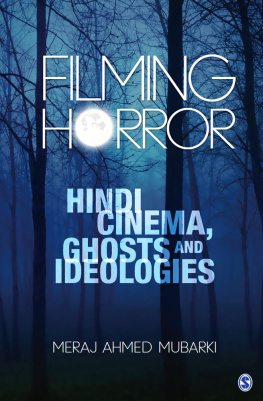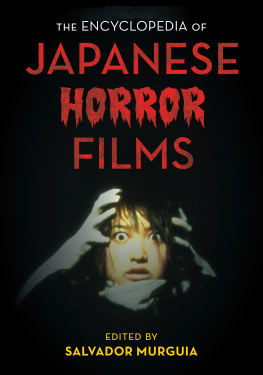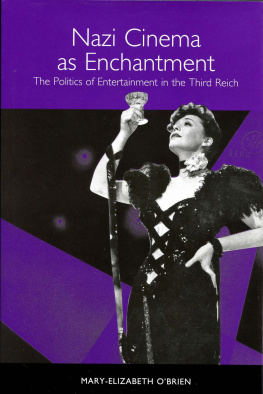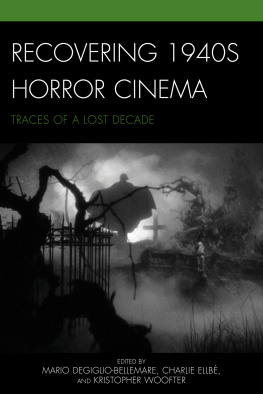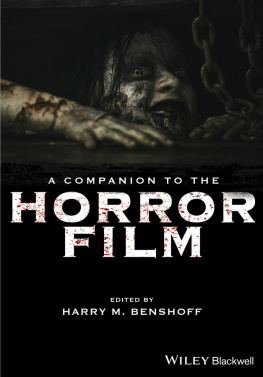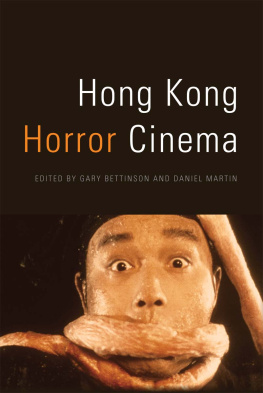1
Indian Cinema and Ideology
H indi cinema has been much subjected to academic insights in the preceding two decades by Chidananda Dasgupta (1991), Sumita Chakravarty (1993), Ashish Rajadhyaksha (1999) and M. Madhava Prasad (2000), among others. Genre studies of Hindi cinema have emerged as an important area of academic interest. But Hindi horror cinema with its own aesthetics, rituals and structural conventions has escaped academic attention and needs to be studied in its own right. The book tries to incorporate and explore the various strands of the Hindi horror genre and reconnoitre the broad conditions of its (sub)generic possibilities in terms of the discourses they espouse. The book seeks to understand the emergence and contemporary articulations of the genre made possible by larger social forces at work within the discursive practices of imagining the Indian nation, marking moments of continuity and disruption within the genre.
This effort aims to draw attention to the Hindi horror genre, discover its narrative strategies, frame methodology of analyses, probe the transformations taking place within the genre and contemplate on the means that the genre uses to counter the monster/ghost. The book tries to bridge the gap that currently exists in the field. And though there may inevitably be disagreements with the construals offered here, it should serve to open the debate rather than restrict it.
Hindi Cinema and Ideology
Susan Hayward posits: Cinema is an ideological apparatus by nature of its very seamlessness. We do not see how it produces meaningit renders it invisible, naturalizes it. Mainstream or dominant cinema, in Hollywood and elsewhere puts ideology up onscreen (Hayward, 1996, p. 182). Others have hinted at the inherently ideological nature of cinema discernible in its mode of production and consumption. Through realistic images and sound and the perspectival space projected on screen, cinema creates double illusion: first, the finished product disguises how its production technology has fashioned cinema; second, at the level of consumption, cinema fashions the subjectspectatorship that identifies itself with the camera, the apparatus that has looked at before, what the spectator is looking at presently. The filmic text further sutures the spectatorship in the narrative through cinematic conventions such as the subjective camera angle that enmeshes the viewer into the plot, the shotreverse shot that seals the subject through view and counter viewpoint, and specifically the continuity of editing that imparts seamlessness into the narrative and tides over disconnection between time and space by imparting cinematic uniformity and flatness.
Even if cinema was introduced in India by the Lumiere Brothers short films on 7 July 1896 at Bombay's Watson Hotel, Indians were quick to adapt to cinema. The Indian Cinematograph Committee of 192728 noted that Indians gain the cinema sense very quicklythe uneducated sometimes more quickly than the educated (Mazzarella, 2009, p. 66). The cultural roots for this appreciation of cinema can be traced back to the highly stylized Sanskrit plays fixated upon the idea of an elaborate and remarkable display of spectacle: Ostentatious display that temporarily arrest the flow of narrative (Brown, 2011, p. 51). With their moralistic overtones, principles of wisdom to the accompaniment of ritualized song-and-dance routine, the popular Indian cinema is the natural inheritance of Sanskrit theatre. The Sanskrit plays themselves drew heavily from the two great Hindu epics of the Ramayana and the Mahabharata. Invariably, supernatural and magical elements became integral to the plots as many principal characters were either accursed or bewitched or both.
Since Sanskrit theatre received state patronage, their fate was tied up with the vicissitudes of the ruling political class and caste, and thus the loss of political authority by the patrons around the 12th century AD meant the decline of Sanskrit plays. However, other regional variants such as the Bhavai in Gujarat, Jatra in Bengal, Yakshagana in Karnataka, Vithinatakam of Andhra Pradesh, and the Ram Lila and Krishna Lila of Uttar Pradesh emerged soon after. Though crude and sometimes unsophisticated, these performing arts preserved and embodied some principles and elements of the original Sanskrit plays, often reworking the essence of the Sanskrit theatre in new theatrical dialects. But Sanskrit theatre was quasi-religious and ritualistic in its mode of presentation, often employing the elements of dance and gesture to describe the physical settings or the locale of divine action. The regional performing arts were mostly performed in open avenues. Live performances such as

